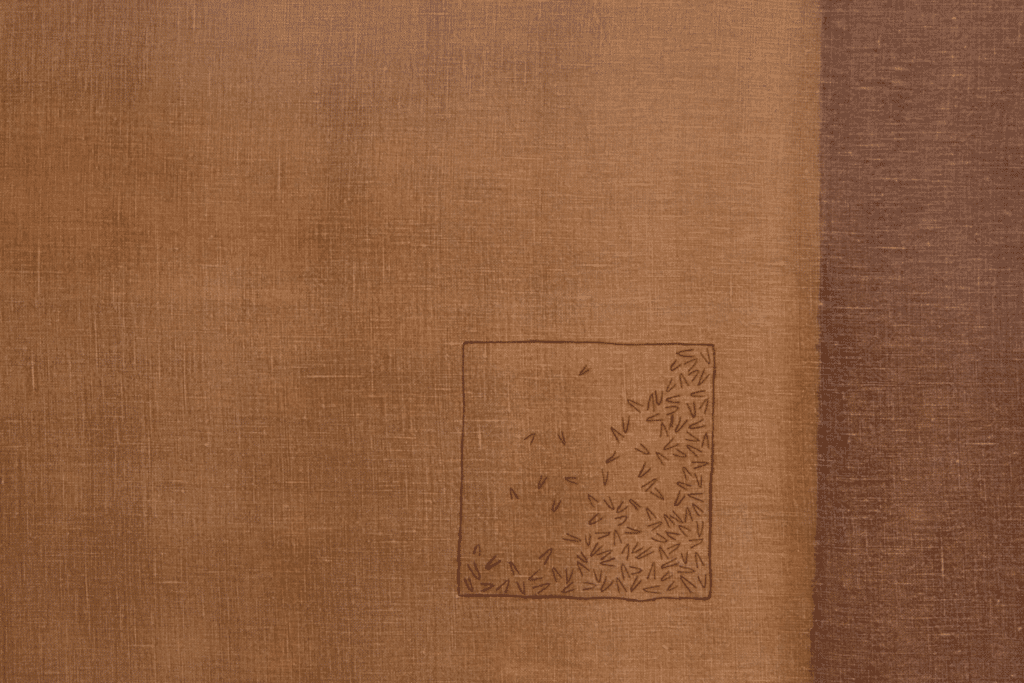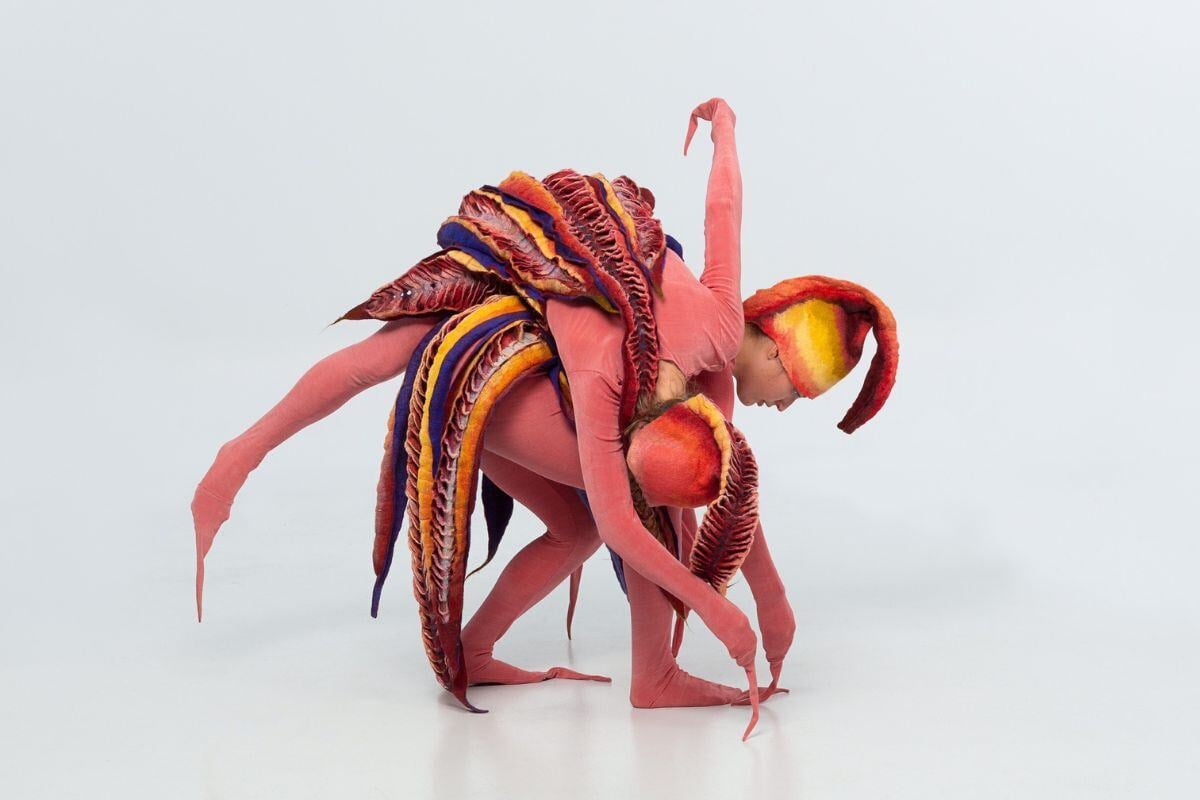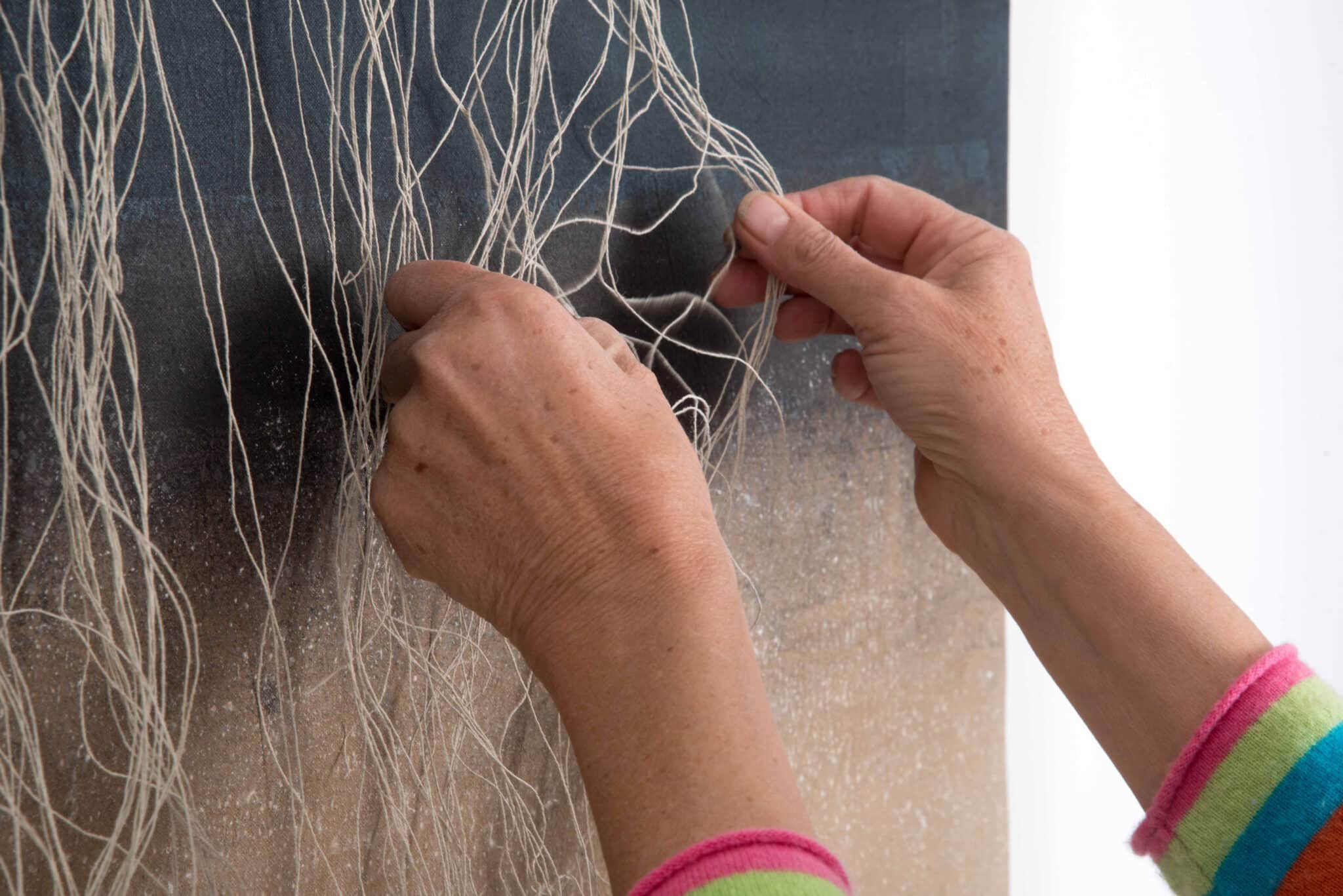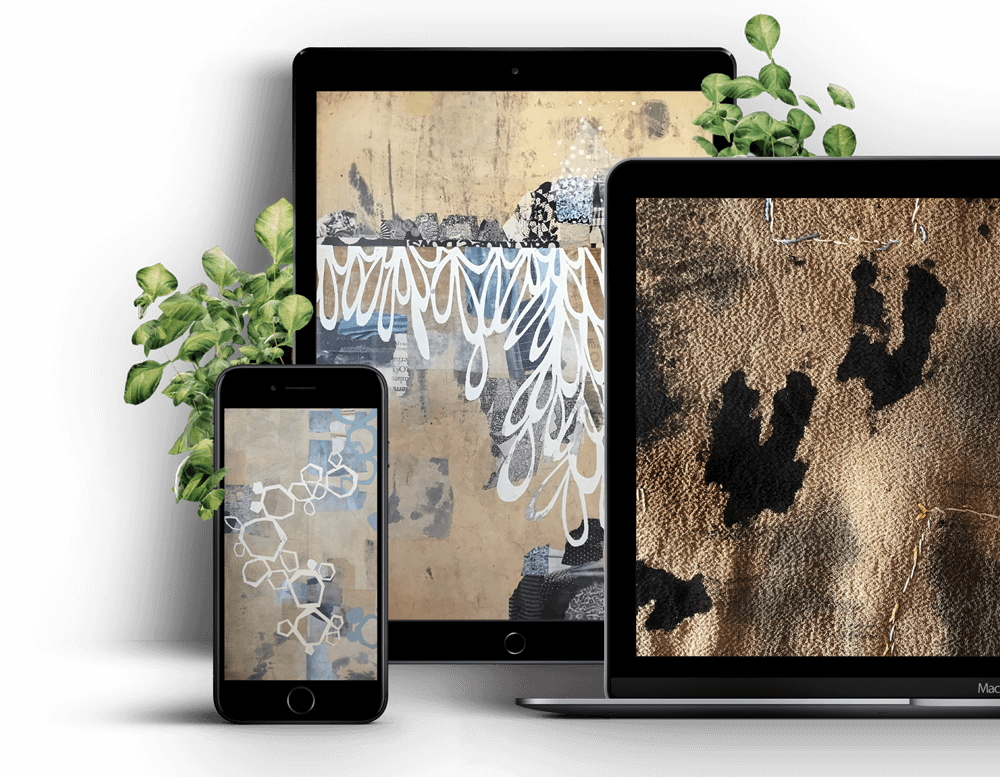Tina Marais: From a Means to an End
Tina Marais is a textile and visual artist who has always been fascinated by organic elements in the natural environment. Originally from Cape Town, South Africa, the Cape Coast and the natural environment influence her work through the exploration of water and contrast as a theme. Tina’s pieces consider the entanglement matters of materiality, ecology, and social structures while incorporating the memory of places and things. cloth can be twisted and contorted.
Now based in Canada, Tina has been influenced by the way climate change and human impact have started to transform environments. Fibre Arts Take Two enjoyed a chat with Tina about linen, rebelliousness, fine arts and much more.
Fine arts
When asked about her beginnings as a textile artist, Tina is philosophical, “I often find myself feeling like I’m at the real beginning after each project,” she says, “You sort of start over again, but you build on what you did before.”
Despite this lovely attitude, Tina did have beginnings in the fine arts, “I studied fine arts initially,” she says, “and I specialised in drawing and oil painting. On the side, I’ve worked with textiles since I was very little. I think I started knitting when I was about four. Textile and tactile interactions have always been part of my life, but I didn’t necessarily consider it material for visual art expression.”
At one point, Tina was using textiles to fund her art, “In parallel,” she says, “I did pattern drafting for evening wear, etc., and then costume design later on, and I used that to help fund my art practice in the early days.”
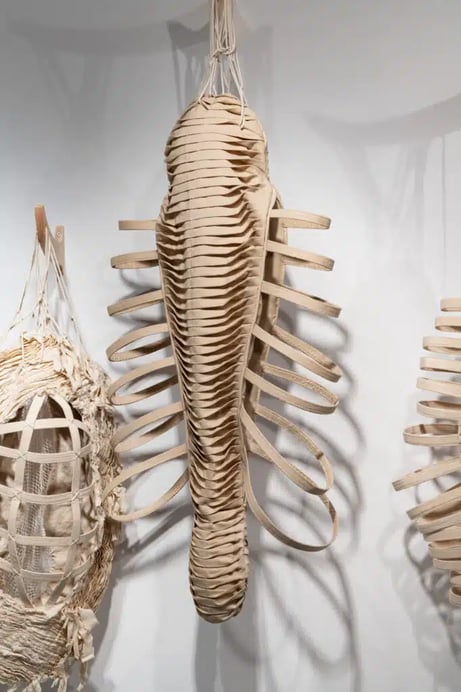
From a Means to an End
Eventually, though, something about textiles won the day and became the end for Tina rather than simply a means, “It’s kind of strange,” she says, “over time, at some point, about 10, 11 years ago, I started intuiting textiles in some of my mixed media work. All of a sudden, the world of contemporary textile art practice opened up to me, and everything just made sense. It gave me enormous freedom to choose this material as a form of artistic expression.”
A rebellious nature
Tina likes to go her own way when it comes to process, “I have a rebellious nature,” she says, “and when there’s too much constriction and precision, I have a revolt against it. So even though I did the pattern drafting, I automatically ended up devising my own method, which was like an adaptation of what’s known and what I knew worked. I think it’s a feeling and an interaction with the material and really handling the material before you start working. So seeing what a bias does and how far a piece of material can extend or how the fibres can be manipulated…it becomes a conversation between the material and me.”

New material
Nothing in Tina’s work is arbitrary, least of all her choice of medium, “I’m very interested and curious about new materialist theory,” she says, “and the way that we can give agency to non-human matter and materials. So making humans not the main focus of social structure, for example, and looking at what are the materials or the matter that construct things that we’re using? Where does this come from? And what story does that bring into it?
“Then I get very interested in the imagination of what is its molecular connection to other things because all matter vibrates.
So how are the things that we surround ourselves with vibrating around us?
And how are those vibrations interacting with our own vibrations and reactions to this material?
For example, if you take a pair of jeans. Where’s the cotton being produced? What is the impact of that cotton production on the water use of that landscape and the people and the earth where it is being grown? And what are those circumstances? And what’s that impact on that environment?
So the molecules of that original material transition through many, many hands. There is so much before it gets to become something that’s in interaction with our body that we wear, and that becomes something functional, but also something comforting to our skin or, as an armour that we lose ourselves in.“
Linen
Tina first worked with linen for her thesis piece, Unfold My Skin. More recently, a visit to Portugal gave her a new and interesting perspective on the medium, “What was really interesting for me,” she says, “is we worked in an old hospital, and one of the guardians of the hospital told us the story of how precious the linen cloth was, and how once the bed sheets were completely worn out, it would be made into pillowcases, and then smaller pillowcases for children, and then eventually into bandages.
There’s this thing of this story in the material, and how it becomes and evolves and gets smaller and smaller and smaller, that I thought was just so poetic. Then also this idea of healing and how learning is the natural antibiotics. So that’s why it was useful for bandages, for example. And it’s also a plus that it uses much less water to produce. So there’s that ecological side to it.”
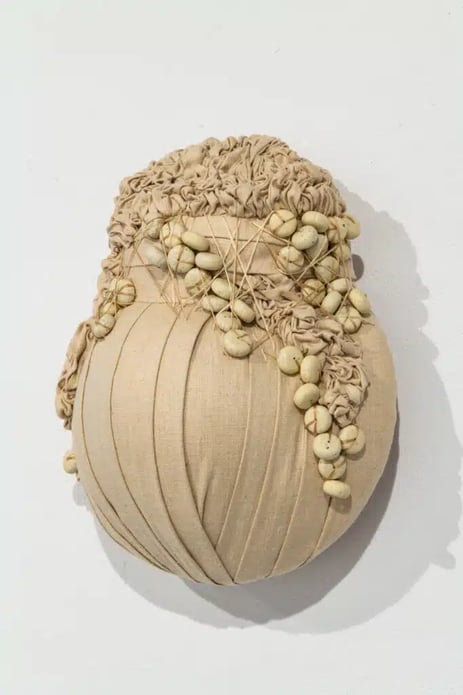
About the artist
Tina Marais is a Canadian textile and visual artist who lives and works in the greater Montreal region. She was born in 1977 in Cape Town, South Africa. She creates large-scale textile abstractions and sculptural work that attempt to map human experience’s unpredictability and the impact of environmental change. Her works engage themes such as cellular and physical metamorphosis, growth change, our journey within the body, and our journey of transitioning through different environments and spaces.
Tina’s work has been exhibited regionally, nationally and internationally in solo and group exhibitions. Her works are included in various public and private collections in Canada and internationally. She has presented at various conferences, most recently during the World textile art biennale in Madrid and in 2021 as an invited artist at the BIEN Biennale in Slovenia.
Tina has also worked with Take Two on a new online art course, called Soft Revolution.
Join Our Newsletter
OUR YOUTUBE CHANNEL
View our interviews and more on our Youtube channel!
OUR FACEBOOK GROUP
Join our Community and stay updated with our upcoming announcements!

